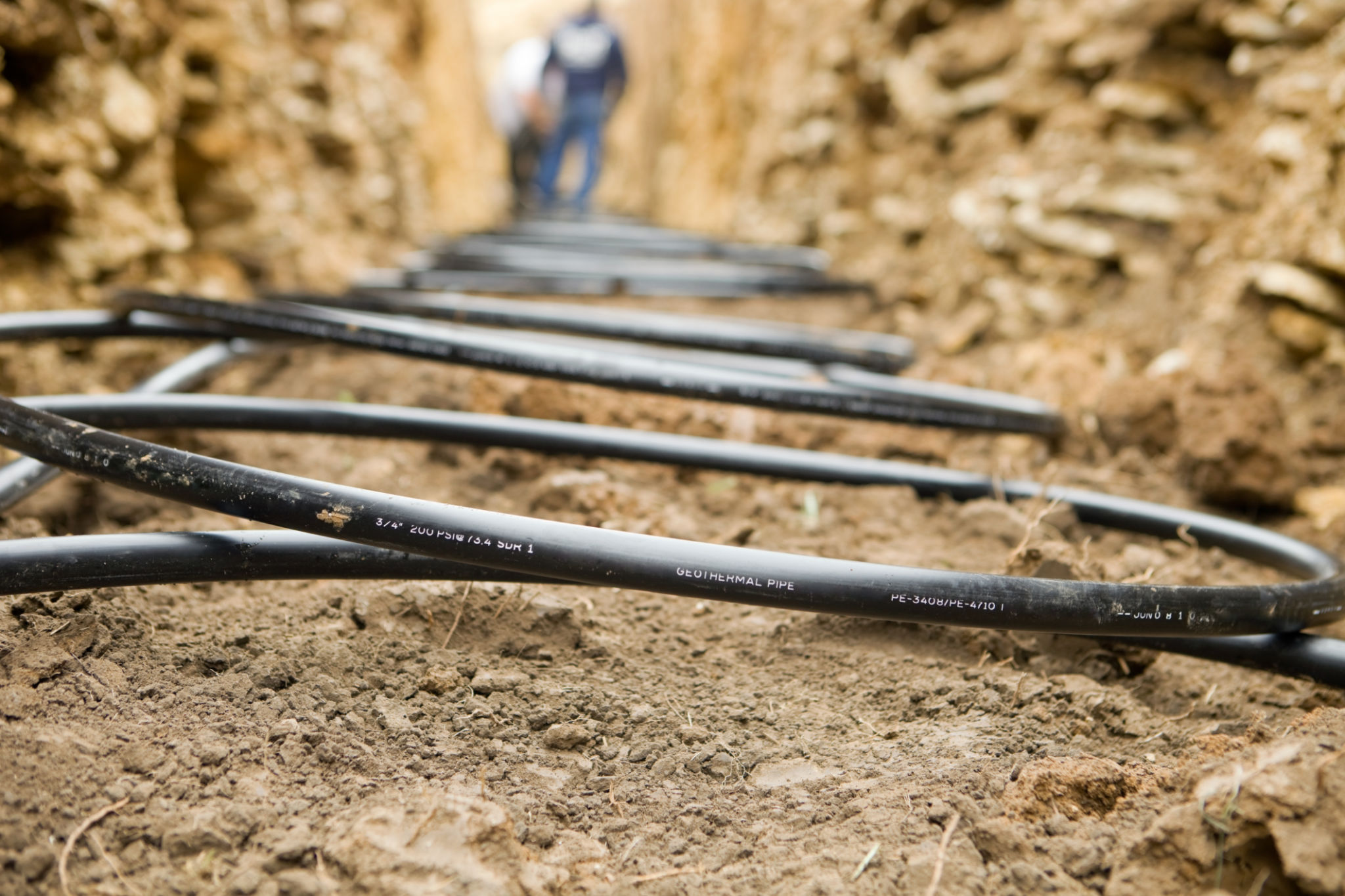Top 5 Energy-Efficient Air Conditioning Solutions for Homes
Introduction to Energy Efficiency
As energy costs continue to rise and environmental concerns grow, more homeowners are seeking energy-efficient solutions for their homes. One of the most significant areas where energy efficiency can be improved is in air conditioning systems. Not only can upgrading to an energy-efficient air conditioning solution reduce your energy bills, but it can also contribute positively to the environment by reducing your carbon footprint.

Ductless Mini-Split Systems
Ductless mini-split systems are a popular choice for those looking to improve energy efficiency. These systems allow you to cool specific areas of your home without the need for ductwork. This targeted cooling can significantly reduce energy consumption, as you’re not wasting energy cooling rooms that are not in use.
Moreover, ductless mini-splits typically have a higher Seasonal Energy Efficiency Ratio (SEER) than traditional HVAC systems, which means they use less energy to achieve the same cooling output. This makes them an excellent choice for both new constructions and retrofits in existing homes.
Geothermal Heat Pumps
Geothermal heat pumps are another innovative solution for energy-efficient air conditioning. These systems use the stable temperatures underground to heat and cool your home efficiently. Although the initial installation cost can be higher than traditional systems, the long-term savings on energy bills are substantial.

Geothermal systems are known for their longevity and low maintenance requirements, making them a wise investment for homeowners interested in sustainable living. Additionally, they can provide both heating and cooling, enhancing their value as a comprehensive climate control solution.
Smart Thermostats
Pairing your air conditioning system with a smart thermostat can further enhance energy efficiency. Smart thermostats learn your schedule and preferences, adjusting the temperature automatically to save energy when you're away or asleep.
These devices can be controlled remotely via smartphone apps, allowing for real-time adjustments and monitoring. Many smart thermostats also provide energy usage reports, helping you understand and optimize your energy consumption patterns.

High-Efficiency Central Air Conditioners
For those who prefer a traditional central air conditioning system, opting for a high-efficiency model is key. Look for units with a high SEER rating, ideally 16 or above, to ensure maximum energy savings. These systems often come with variable speed compressors, which adjust the cooling output based on demand, further enhancing efficiency.
Investing in a high-efficiency central air conditioner can lead to significant reductions in your utility bills while maintaining the comfort of your entire home during hot weather.
Evaporative Coolers
In dry climates, evaporative coolers offer an energy-efficient alternative to traditional air conditioning. Also known as swamp coolers, these systems use water evaporation to cool the air, which uses significantly less electricity than standard AC units.
Evaporative coolers work best in areas with low humidity and can be particularly effective in reducing indoor temperatures during peak summer months. They also add moisture to the air, which can be beneficial in arid environments where dryness is a concern.
Conclusion: Making an Informed Choice
When selecting an energy-efficient air conditioning solution for your home, it's important to consider factors such as climate, home size, and budget. Each of the solutions discussed offers unique benefits that cater to different needs and preferences.
By investing in an energy-efficient air conditioning system, not only do you stand to save on energy costs, but you also contribute to a healthier planet. Evaluate your options carefully and choose a solution that aligns with your lifestyle and environmental goals.